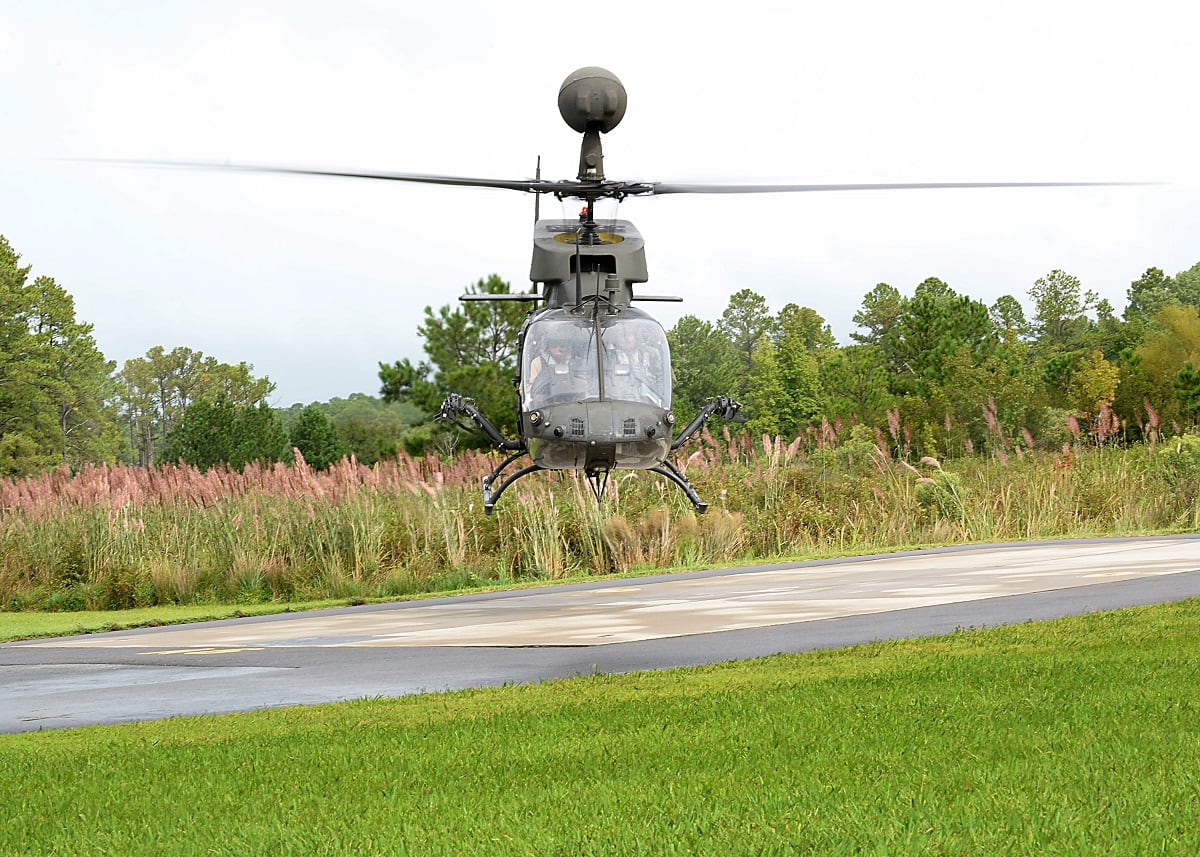NASHVILLE, Tenn. — The Army’s Future Vertical Lift cross-functional team that falls under the service’s new Futures Command has a goal of getting a new helicopter much earlier than the long-stated projection of fielding an aircraft in the early 2030s.
The Army secretary has essentially directed the new CFT designed to address the service’s third-highest modernization priority to look at ways to buy helicopters within 10 years, Brig. Gen. Wally Rugen, the leader of the FVL CFT, said at the Army Aviation Association of America’s annual summit on April 27.
“If we wait for a typical capability development, we are looking at the 2030s, and that is not my charge,” Rugen said. “The secretary told us this decade.”
The Army is now weighing when and how it will procure two specific helicopters. It’s possible the Army will develop requirements for other aircraft that would fit into an FVL family, but for now the service is focusing on a Future Attack Reconnaissance Aircraft that would be categorized as a light helicopter and a Future Long-Range Assault Aircraft that would fit more in a medium-lift category.
RELATED

Service leadership has been peppered with questions — since it articulated its intentions last month to focus on the two aircraft — as to whether it wants to first procure the attack reconnaissance or a long-range assault aircraft. Previously the Army was focused on prioritizing the medium-lift variant. But at the same time it consistently stated its No. 1 capability gap was armed reconnaissance.
But for the Army, the answer isn’t clear cut: It’s still analyzing all the possibilities. Leadership has explained that what will drive procurement, and when, will be based on when technology is ready at a reasonable cost.
“It’s not a prioritization thing,” Rugen said. “It’s where we find opportunity first.”
He added that industry has already shown great agility to bring something out of science and technology and, quite literally, into the sky rapidly through the Joint Multi-Role Program that will inform FVL requirements. Bell is already flying its V-280 Valor tiltrotor demonstrator, and the Sikorsky-Boeing team’s SB-1 Defiant will fly by the end of the year.
If something proves capable, the Army will jump on it, Rugen said, because “it gives us the speed we want.”
Meanwhile, Army Vice Chief of Staff Gen. James McConville took the opportunity at the Army Aviation Association of America event to ask the Army National Guard to provide leadership to the FVL team as the service develops its future aircraft.
RELATED

“We are going to be a part of that and be right there in the decision-making for a new-start program and making sure that our capabilities are accounted for,” Brig. Gen. Timothy Gowen, the Army National Guard’s deputy commanding general at the Army Aviation Center of Excellence at Fort Rucker, Alabama, said at AAAA. “One of the things that the vice [chief of staff] pointed out is that FVL will not adversely affect [the Guard].”
Jen Judson is an award-winning journalist covering land warfare for Defense News. She has also worked for Politico and Inside Defense. She holds a Master of Science degree in journalism from Boston University and a Bachelor of Arts degree from Kenyon College.








